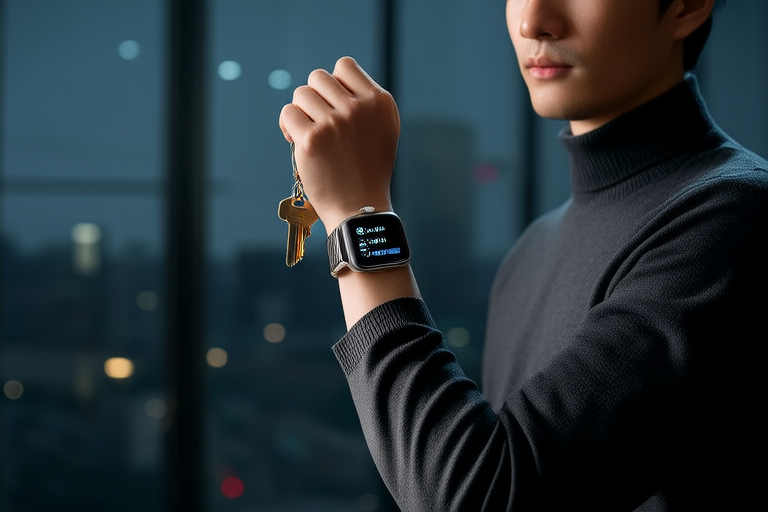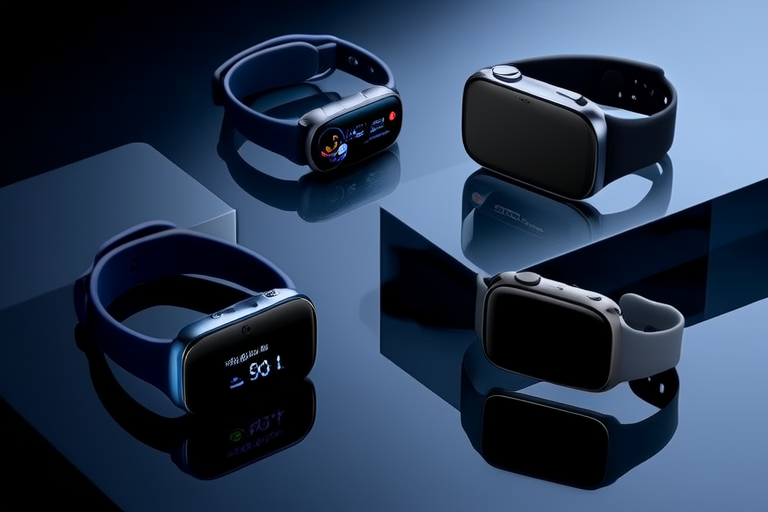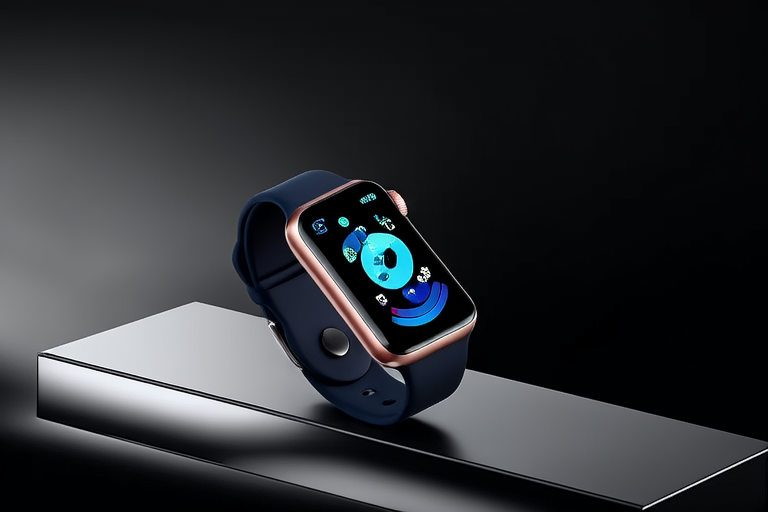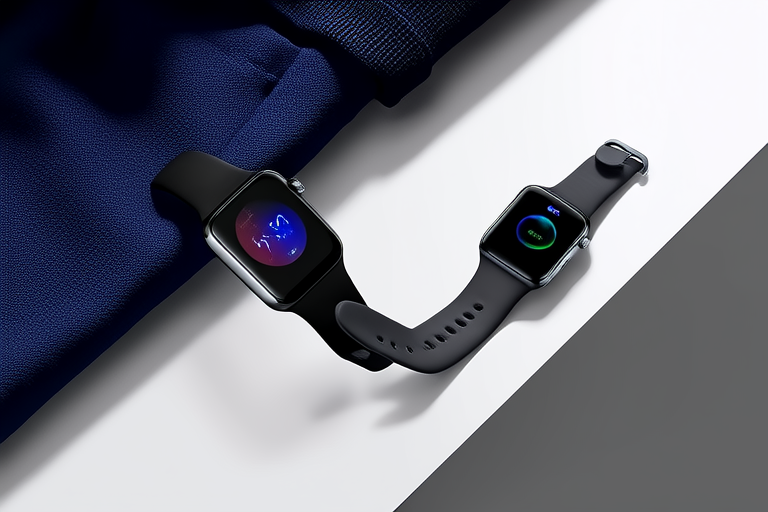“`html
Navigating Privacy Concerns: What You Need to Know About Wearable Devices
Introduction
The rise of wearable devices has revolutionized the way we interact with technology. From smartwatches to fitness trackers, these gadgets have become indispensable tools for monitoring health, enhancing productivity, and staying connected. However, with the convenience comes a significant concern: privacy. As these devices gather vast amounts of personal data, it is crucial for users to understand the potential risks and take necessary precautions to safeguard their information.
Types of Wearable Devices
Wearable devices come in various forms, each designed for specific purposes:
- Smartwatches: These devices often track heart rate, sleep patterns, and physical activity. They can also receive notifications and make calls.
- Fitness Trackers: Primarily focused on health metrics like steps taken, calories burned, and distance traveled.
- Smart Glasses: These devices offer augmented reality experiences and can capture video and photos.
- Headphones: Many modern headphones include features like noise cancellation and voice assistants, which may record audio.
Each device collects and processes data in unique ways, contributing to the overall volume of personal information available.
Data Collection and Usage
Wearable devices typically collect a wide range of data:
- Location Data: Used for mapping routes, tracking workouts, and providing personalized recommendations.
- Health Metrics: Includes heart rate, blood oxygen levels, and sleep quality.
- Biometric Information: Such as fingerprints, facial recognition, and voice patterns.
This data is often shared with manufacturers, app developers, and third-party services for analysis and improvement of services. While this collaboration can lead to enhanced functionality, it also increases the risk of unauthorized access.
Privacy Risks
The primary privacy risks associated with wearable devices include:
- Data Breaches: Hackers can exploit vulnerabilities to steal sensitive information.
- Unauthorized Access: Malicious actors may gain control over devices and access stored data.
- Tracking: Some devices continuously monitor users, raising concerns about surveillance.
Real-world incidents, such as data breaches affecting millions of users, underscore the seriousness of these risks. For instance, in 2019, Fitbit disclosed a security breach that exposed sensitive health data.
Regulations and Standards
Several regulations aim to protect user privacy:
- General Data Protection Regulation (GDPR): Enforced in the European Union, it mandates transparency and accountability in data handling.
- California Consumer Privacy Act (CCPA): Provides Californian residents with rights regarding their personal data.
These regulations influence the design and operation of wearable devices by requiring companies to implement robust security measures and provide users with greater control over their data.
Best Practices for Users
To protect privacy, users should:
- Review and adjust device settings to minimize data collection.
- Regularly review permissions granted to apps and revoke access to unnecessary data.
- Be cautious about sharing personal data and limit public exposure of sensitive information.
By taking these steps, users can significantly reduce the risk of privacy breaches.
Future Outlook
The future of wearable technology promises exciting advancements, but it also raises new privacy challenges:
- Integration with IoT: Increased connectivity between devices could enhance functionality but also expose more data.
- Emerging Technologies: Innovations like brain-computer interfaces and advanced biometrics may offer unprecedented capabilities but also heightened privacy concerns.
As these technologies evolve, it will be essential to develop and enforce stronger privacy protections.
Conclusion
In conclusion, while wearable devices offer numerous benefits, they also present significant privacy risks. By staying informed and adopting best practices, users can enjoy the convenience of these devices while minimizing potential threats to their privacy. It is crucial to remain vigilant and proactive in safeguarding personal information.
“`




